How the Toyota Prius Killed the Honda Insight in the Hybrid Wars

Everyone likes a good rivalry, and there are a lot of these competitive relationships when it comes to cars. Consider the Mustang vs Camaro rivalry, or the F-150 vs Silverado throw down. Or even the Camry vs the Accord.
All of these matchups are long-standing grudges and back in the early 2000s, another rivalry was just beginning, though this one didn’t involve high-horsepower muscle cars or rugged pickup trucks. This feud was all about fuel economy.
Hybrid History
If by some unfathomable reason you haven’t heard of the Toyota Prius, it is the world’s best-selling hybrid vehicle. More than 10 million examples of this gas-electric car have been sold around the world. Today, it’s still the best selling hybrid, but you’d think that maybe it became the most popular because it was first to market? Wrong. The Prius wasn’t the first hybrid to hit the U.S. soil. That honor belongs to the Honda Insight. Hitting U.S. dealerships in December 1999, the Insight was instantly recognized as a unique vehicle, but was that a good thing?
ALSO SEE: Looking Back at 15 Years of the Toyota Prius
With an econo-hatchback design, the first-generation Insight had two doors and covered rear wheel arches for better aerodynamics. Beneath the sheet metal was some excellent environmental engineering: a 1.0-liter three-cylinder engine was assisted by an electric motor and allowed the Insight to net 53 mpg combined on the EPA cycle. It quickly gained popularity with the hypermiling crowd, but couldn’t repeat that success on a mainstream stage.
“The Insight was fighting a losing battle from the beginning,” said Dave Sullivan, analyst from AutoPacific. “It had two seats, two doors and had a dorky design.”
While the Insight delivered on the promise of being extremely fuel efficient, the dubious fact that it couldn’t handle more than two people and was only available with a manual transmission made it hard to gain acceptance in North America. The automatic (CVT) model arrived a year later, but by then it was already too late because the Toyota Prius debuted and delivered more of what people wanted.
How the Prius Won
“The Prius offered great fuel economy, cargo space, and a rear seat that was well-packaged,” Sullivan said. Like the Insight, the Prius used a hybrid powertrain, but was only rated for 41 mpg combined by the EPA. Essentially, more people gravitated to the Prius over its Honda rival thanks to the Toyota’s extra doors, seats and usable cargo space. “The original Insight is proof that Americans are not willing to forgo practicality for fuel economy,” Sullivan added.
The Toyota Prius made a statement with its first-generation product in 2001: hybrids can be hot. It then backed up that statement with the second-generation model in 2004. The Insight wasn’t heavily revised until 2009, but it was already too late for it to gain four doors and storage space. The damage was done.
SEE ALSO: Honda Insight Hybrid Put Out to Pasture
“The first Insight was something of a hit among enthusiasts, particularly with the hypermiling fans, but it was simply not a practical car for most buyers,” said Timothy Cain of Good Car Bad Car. “When Honda eventually delivered their second-gen Insight in the same format, it simply wasn’t as good as the Prius in the area that mattered most: fuel economy.”
The second-generation Prius averaged 46 mpg, while the second-generation Insight earned just 42. “If arriving late to the party isn’t a recipe for disaster, arriving late without the proper attire most definitely is,” Cain said.
ALSO SEE: 2016 Toyota Prius Review
After being unable to keep up with Prius sales, the Insight was discontinued in 2014, and just like that, the rivalry was over and the Prius was victorious. But the Prius is still faced with heavy competition and sales have dipped since 2008, when the Prius managed sales of more than 180,000 units in the U.S.
What’s contributing to the lower sales? “The core Prius variant has been hindered in recent years by added competition from within the Prius lineup: Prius C and Prius V,” explains Cain. “Moreover, mainstream hybrid competition has become thicker on the ground and mainstream non-hybrid competition has become more economical.”
New Challengers On The Way
A new Prius model has been revealed this year with slightly improved fuel economy and a more radical exterior appearance. Critics have been saying that the car now drives better than it used to, and still delivers excellent fuel economy, but if the buzz around the Toyota hybrid is dying down, it may be the right time for a new rival to step up.
“The problem is Toyota needs to overcome the appliance/taxi/dull reputation that the Prius has,” says Sullivan. “The new Prius might be a fine handling car and a great improvement, but getting that word out is going to be difficult.” A perfect foil for the Toyota hybrid would have been the diesel-equipped Volkswagens, which were practical and fuel efficient, but a recent scandal over the engine’s emissions output has put the kibosh on TDI vehicles hurting the Prius.
“TDI-equipped cars were popular because of their efficiency, handling, and power,” said Sullivan. “If the Prius can achieve some other convincing reason for people to give it another look, it should have plenty of life left in it.”
This year, the second-generation Volt was revealed and seems to be hitting all the right marks. It offers more electric range than the Prius, it is practical and seats four comfortably, but is priced a bit more than the Toyota, making it hard to be considered as a true rival. Sales numbers have also been significantly lower than the Prius.
Fortunately, the Prius status as the top green car on the planet is sure to be challenged. Other hybrid-only nameplates are on the way from Kia and Hyundai. Time will tell if they have what it takes to take on the king.
Discuss this story at our Toyota Forums

Sami has an unquenchable thirst for car knowledge and has been at AutoGuide for the past six years. He has a degree in journalism and media studies from the University of Guelph-Humber in Toronto and has won multiple journalism awards from the Automotive Journalist Association of Canada. Sami is also on the jury for the World Car Awards.
More by Sami Haj-Assaad



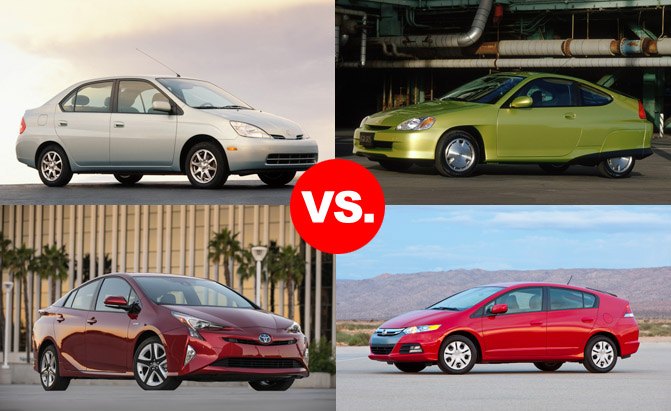



















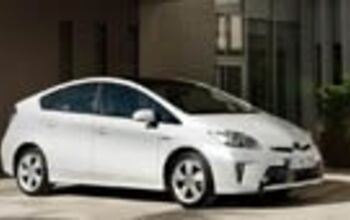




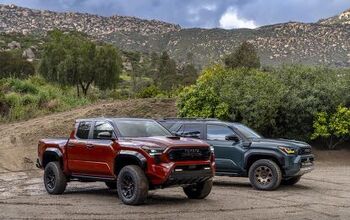


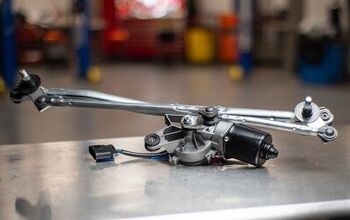
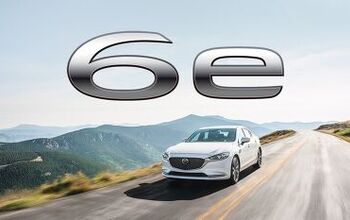





Comments
Join the conversation
Like Antonio responded I am taken by surprise that a stay at home mom able to make $5849 in a few weeks on the internet. have a peek at this website on my profIle -==-=-=-=-=-=-=-=-=-=-=-=-=-=-=-=-=-=-=--=-=-=-=-=--=-=-=-=-=-=--=-=-=--=-=-=-=-=-=-=-=-=--=-=-=-=-=--= (asdadsa
Just what I said, right? The 2nd gen Prius gets the same mileage as the Insight, not 10% better like its EPA rating would suggest. The 3rd gen gets about 8% better, not 20. If it were 20% better it should get 55 mpg on average. It does not. People buy Priuses rather than Insights expecting the better economy will in time make up for the higher vehicle cost. In reality, that never happens. The Insight is a good car, but not perfect. It has pros and cons and I can understand the reasons why people would prefer the Prius. Economy is not one of those reasons though; at least it shouldn't be, or at least less than now.